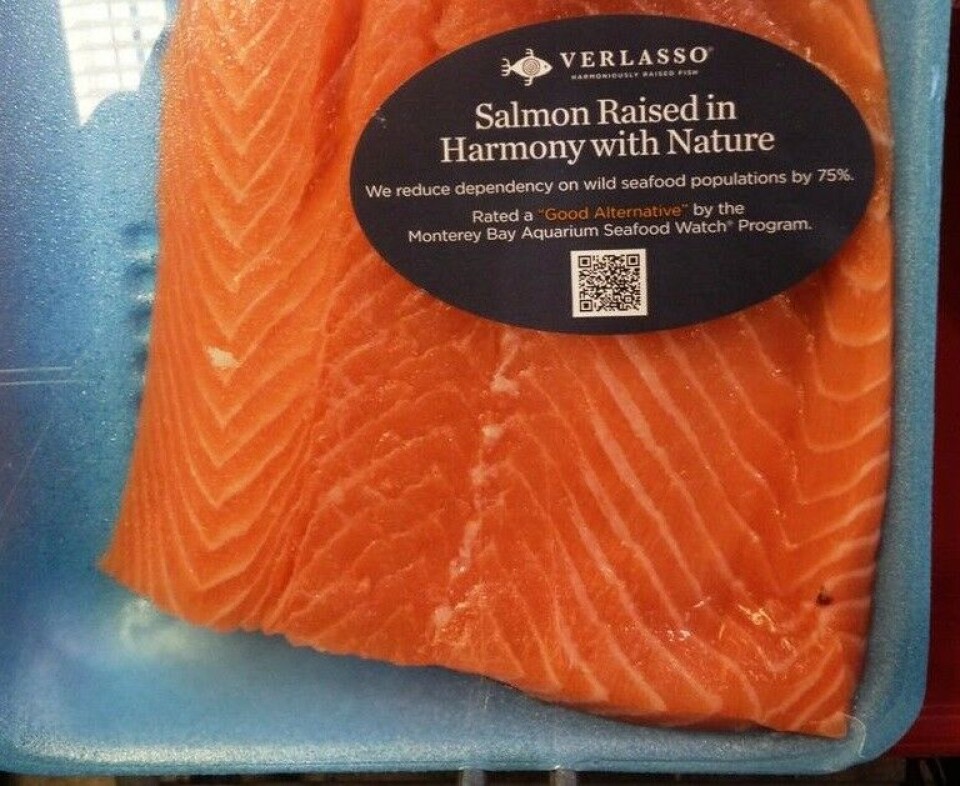
Verlasso production on the rise
The brand was born from an alliance between Dupont and Aquachile in 2007 and the first 25 tonnes of these fish were harvested in 2011. In 2013, three sites were harvested, producing 860 tonnes, while in 2014 there were 19 farms stocked with these salmon, seven of which were harvested, producing 2,162 tonnes.
According to Aquachile, Verlasso represents a new production model, as it requires significantly less fish oil in its feed, using instead a yeast rich in Omega 3, which has been patented by Dupont.
According to Aquachile, special features associated with farming Verlasso salmon include:
"Traditional salmon farming needed about 2 kilos of pelagic fishing in 2014 to produce a kilo of salmon. The new diet created by Aquachile and Dupont requires only one kilo of pelagic fishing to produce one kilo of salmon, equivalent to 50% less wild fish in the diet, maintaining the same levels of Omega 3."
"The sites where Verlasso is grown are rotated under a strict regime to allow rest. Thus, the environmental and sanitary effects are minimized."
"[The company uses] nets with copper-free antifouling painting."
"Five farming sites of Verlasso salmon were certified by Det Norske Veritas in 2014, which establish an average ratio Fish In Fish Out equal to 1:1. Therefore, Verlasso production helped to reduce the demand for 1,400 tonnes of pelagic fish approximately from being transformed into fishmeal and fish oil".
"The pre-harvest farming density for closed groups in 2014 was lower for Verlasso salmon, with 11.56 kg/m3 versus 13.82 kg/m3 in cages with conventional Atlantic salmon from the same company."























































